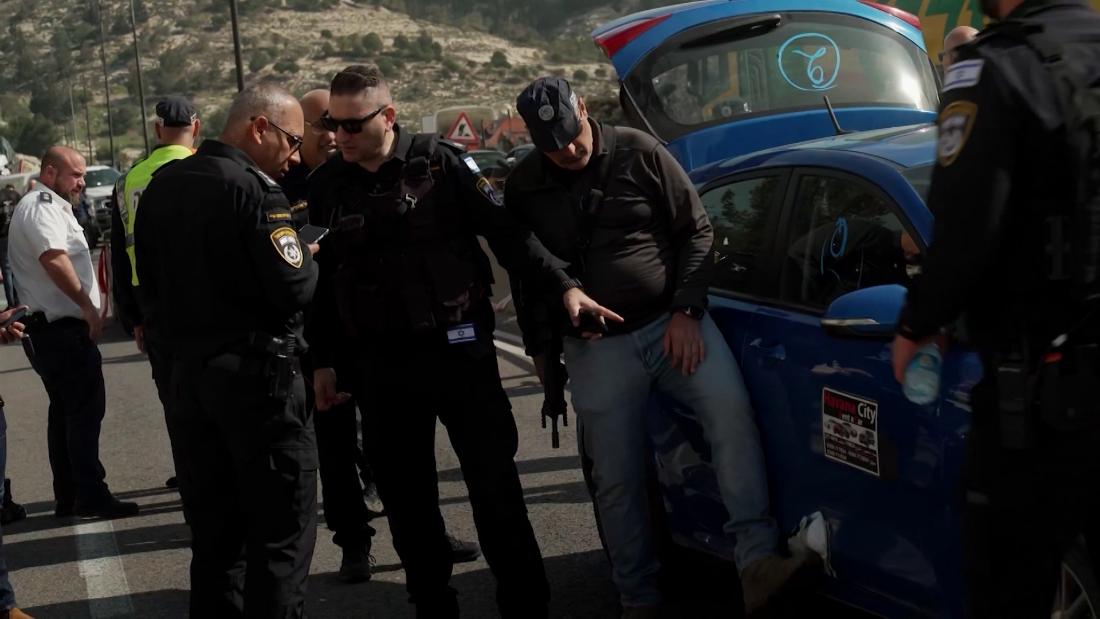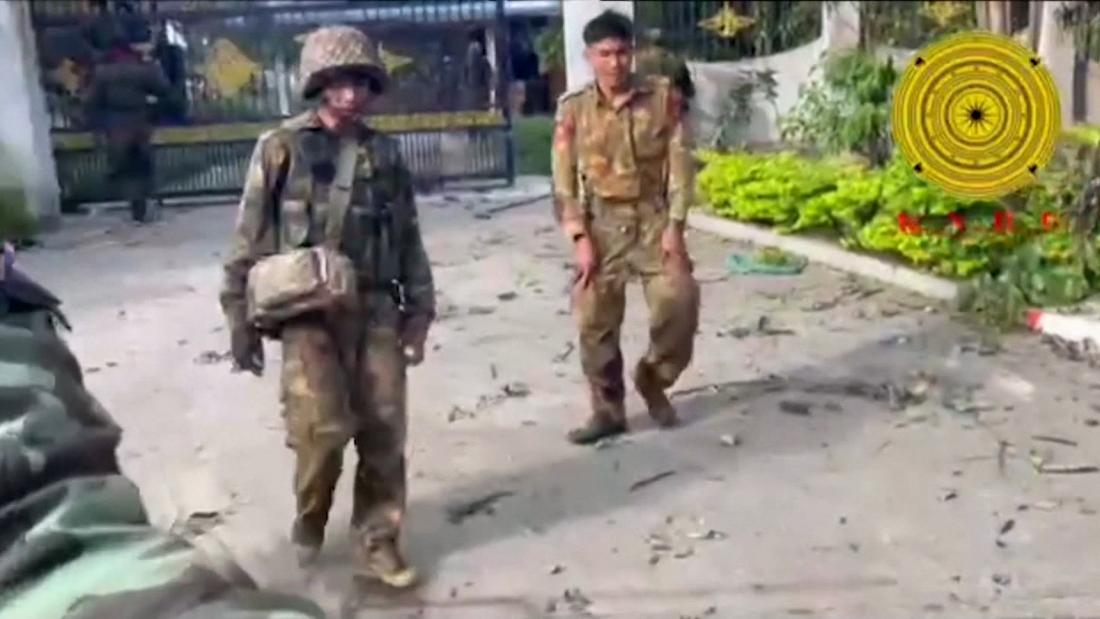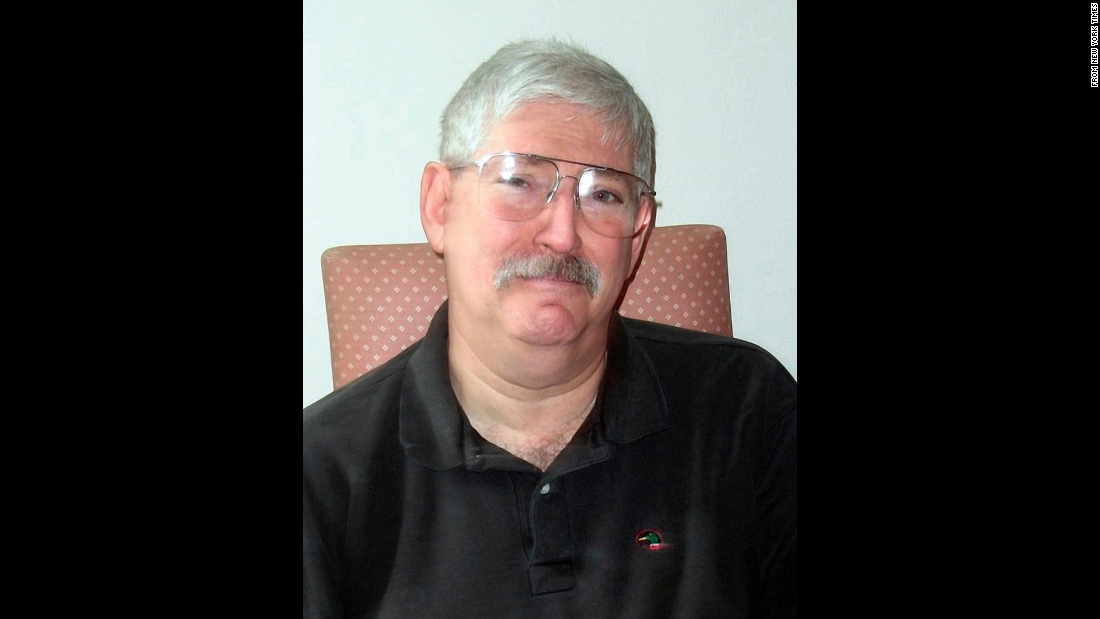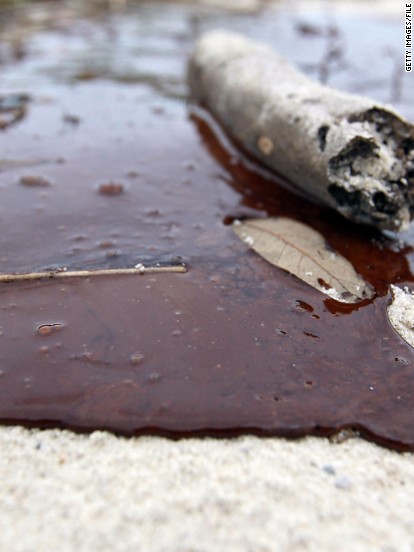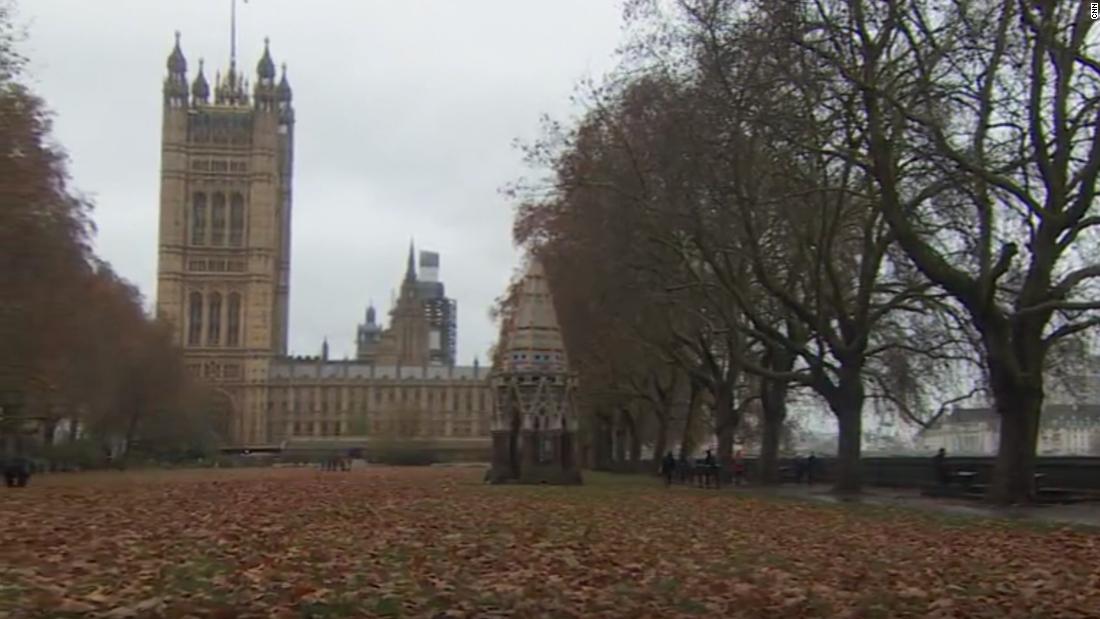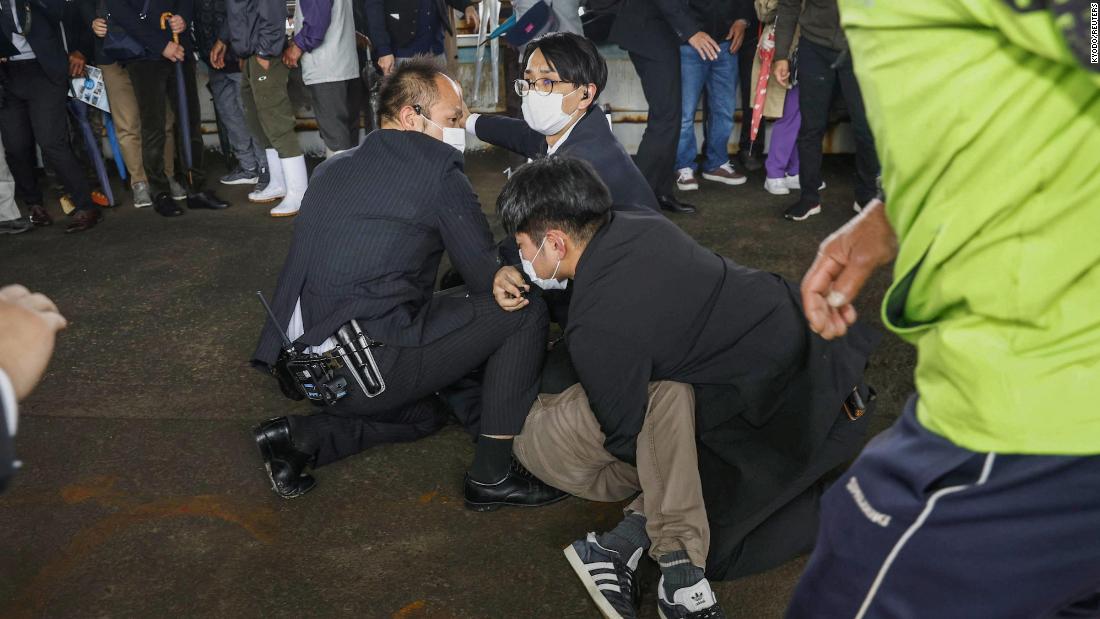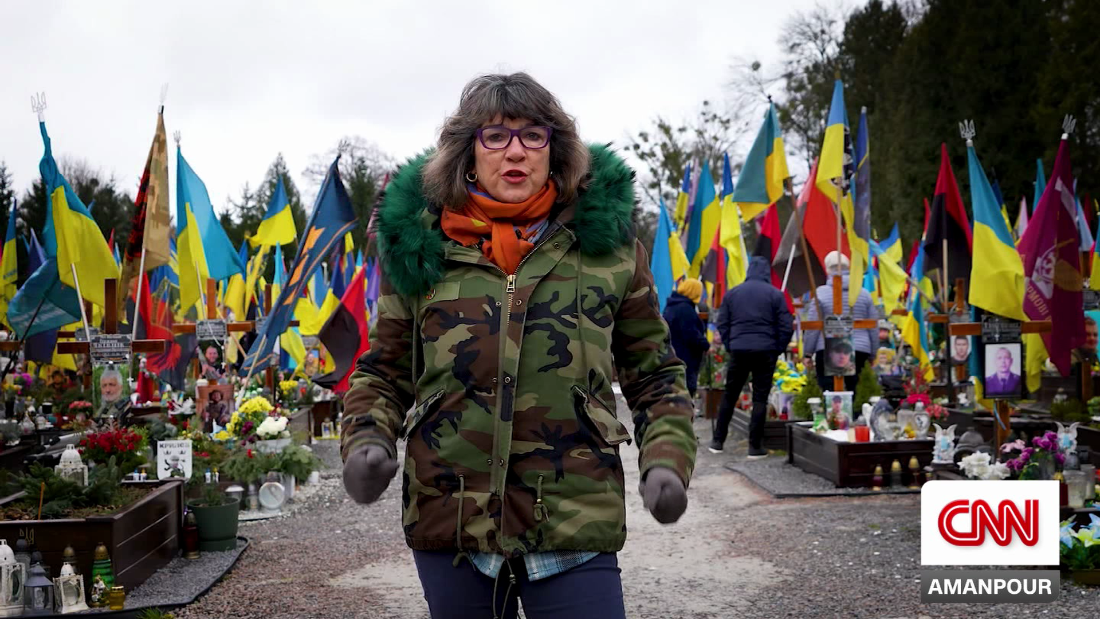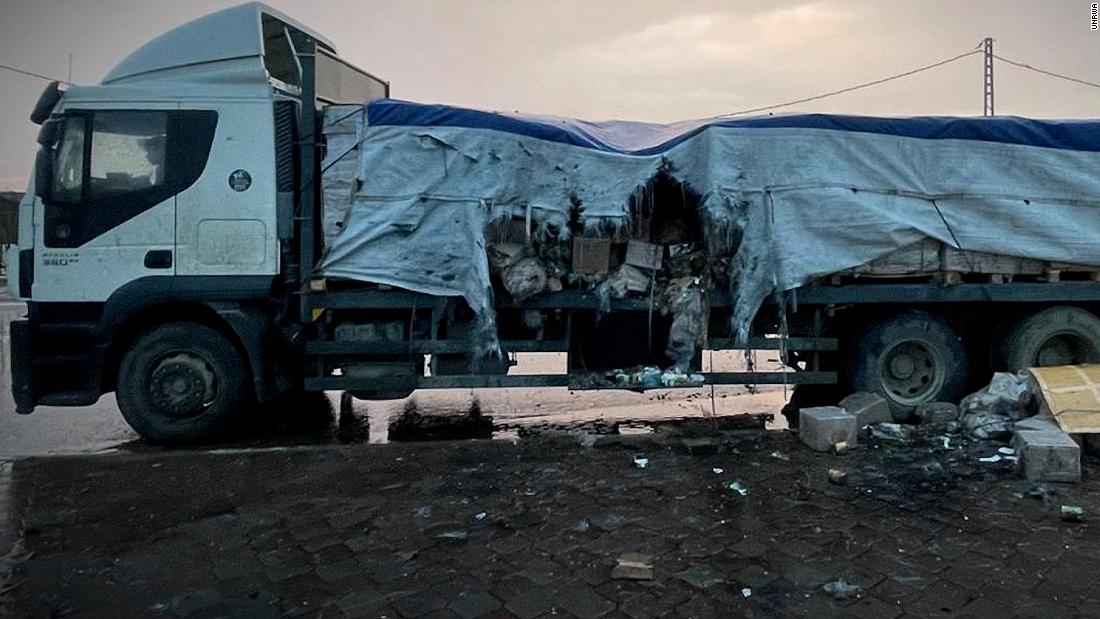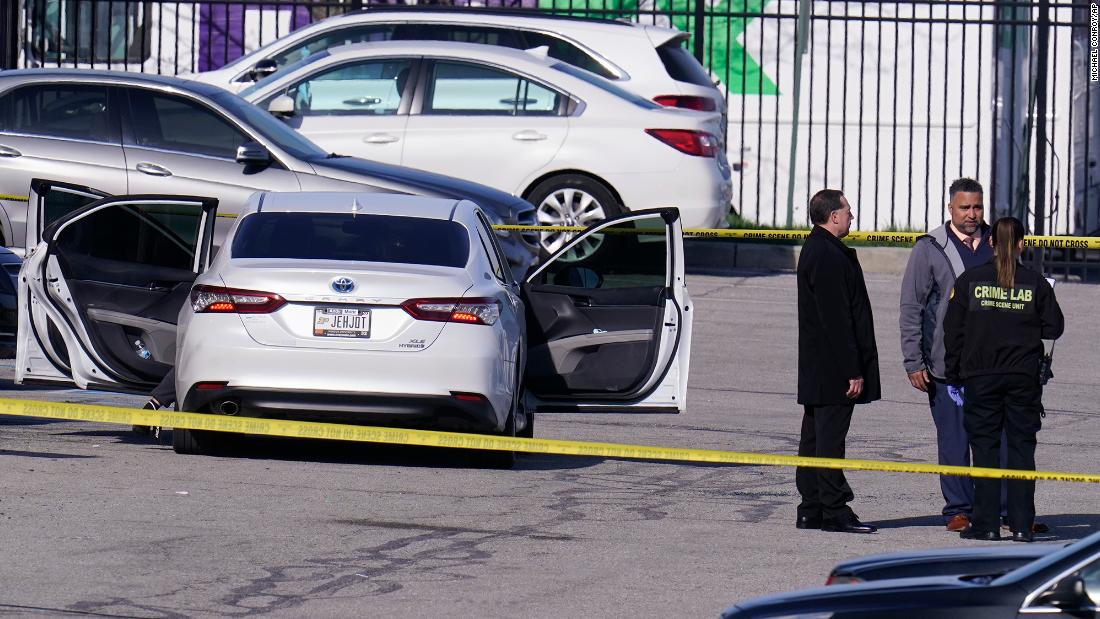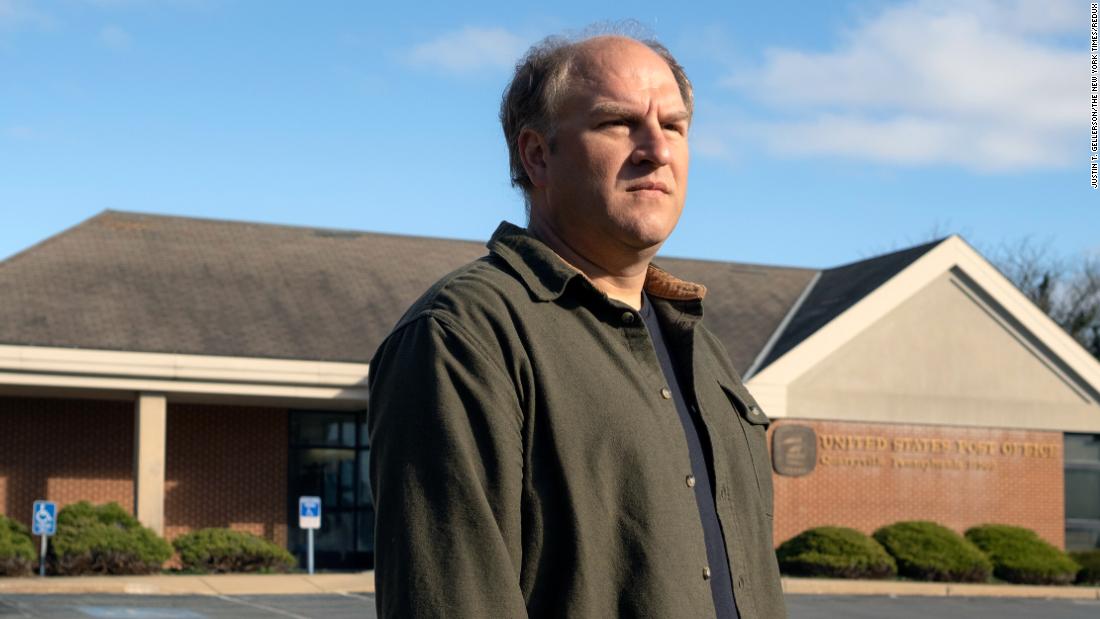IN the heart of an active military training area, an eerie silence engulfs an abandoned village trapped in time.
Derelict homes are among the few signs that human life existed in the once-idyllic coastal town – which was rapidly vacated by hundreds of villagers after being sold a solemn promise that was cruelly broken.
GettyThe eerie remains of the once thriving village[/caption]
AlamyDerelict cottages in the abandoned village[/caption]
GettyAll residents were told to make the ultimate sacrifice and leave their homes[/caption]
In November 1943, all 252 residents of Tyneham, Dorset, were told to make the ultimate sacrifice and leave their homes so the area could be used to train soldiers during World War Two.
It allowed Allied forces to practise manoeuvres ahead of the 1944 D-Day invasion of Normandy.
Officials gave the locals four weeks to pack up all their belongings and leave their old lives behind, with the promise that they could come back once the war was over.
But they were never allowed to return, with the military instead continuing to use it as a training base.
And following the death of its final resident Peter Wellman at the age of 100 last month, it’s clear that the promise will never be kept.
Tyneham was inhabited for over 1,000 years until the villagers were forced to move for the war effort.
When locals evacuated, a single note was left asking the arriving soldiers to take good care of the village.
The note read: “Please treat the church and houses with care.
“We have given up our homes, where many of us have lived for generations, to help win the war and keep men free.
“We shall return one day and thank you for treating the village kindly.”
Now the crumbling houses and ruins sit abandoned in the centre of Lulworth Ranges – a gigantic training location for tanks and armoured vehicles.
Most of the buildings have fallen into complete disrepair with no roof or windows and plants overcoming the walls.
Faded glory of ghost village
Clare Robson, from nearby Blandford, is a regular visitor to the village and describes it as her “favourite place in the world”.
The 52-year-old explained: “I used to come here all the time with my dad until he died a couple of years ago.
“It’s really special because it’s the place that everybody forgot about.
“Although it’s really sad the Army didn’t let the residents come back and allowed it to fall into disrepair.
“It is just the forgotten village but it is fascinating for people to see how others lived here.
“I wish I could go back in time and live here because it just feels like a different time when families were families.”
“I would love to see it restored to its former glory. I just completely love it here, it feels like home.”
Some of the original buildings, such as a row of four terraced houses, are still in tact.
A telephone box with wartime-era posters, situated at the entrance of the village, warns passersby “if you must use me, be brief”.
The school and the church have since been converted into museums to teach the public about the residents’ sacrifices.
BNPSThe church at Tyneham has been converted into a museum[/caption]
BNPSPeter Wellman on his last visit to Tyneham[/caption]
BNPSPeter pictured in 1927 with classmates[/caption]
BNPSPeter was the last surviving resident of the village[/caption]
The last surviving resident dies aged 100
Peter was the last surviving resident of the village, and sadly passed away from pneumonia last month.
He managed to make one final trip to his old home a year before his passing.
He said: “We had no electricity, no mains gas and no running water – we had to pump that from near the church. There’s a tap there now.
“I remember going to the beach and fishing and we often had mackerel.
“We were happy until we got moved out.”
He told how he would have liked to see residents return to the village one day.
Peter is survived by his two children, his two grandchildren and his three great grandchildren.
His daughter Lynne spoke of her father’s love for his lost home, saying he visited regularly.
He worked on a farm for 36 years before moving into a job in the clay industry, where he stayed until retirement.
As Christmas approached in 1943, the peaceful village become a ghost town overnight.
Thousands of acres were also commandeered by the War Office for the Allied troops training camp.
Some of the villagers settled into newly built homes in the nearby town Wareham.
The village was abandoned as hundreds of thousands of allied troops gathered on the south coast for staging before D-Day in 1944. Pictured, troops in 1943 exercising for the invasion.Getty
AlamyThe peaceful village become a ghost town overnight[/caption]
GettyWorbarrow Bay, located near Tyneham, on Dorset’s Jurassic Coast[/caption]
GettyMost of the buildings have fallen into complete disrepair with no roof or windows[/caption]
Failed attempts to claim back homes
A public inquiry, several protests and a number of campaigns to bring the residents home have been launched over the years.
These have all been unsuccessful, with a compulsory purchase order being issued and the village remaining the property of the Ministry of Defence.
In 1973, former residents cut through surrounding barbed wire and re-opened their former post office.
This lasted for all of ten minutes before they were caught and thrown out by wardens.
A year later, local John Gould wrote to then-PM Harold Wilson calling on him to hand Tyneham back to the people.
It read: “‘Tyneham to me is the most beautiful place in the world.
“I want to give the rest of my life and energy to its restoration.
“Most of all, I want to go home.”
The site is now open to the public most weekends, having become an increasingly popular destination for history buffs.
Evidence of the village’s military role are everywhere, from signs starkly telling visitors that they are standing on a live firing range, to giant target markers on the surrounding hills for military exercises.
Even the village church roof bears a recent bullet hole from a stray machine gun round.
AlamyThe site is now open to the public most weekends[/caption]
AlamyTyneham School has also been converted into a museum[/caption]
AlamyWarning message to ‘be brief’ inside Tyneham’s wartime phone box[/caption]
Elaine James, 67, from the New Forest, told how she makes an annual trip to the “indescribable” village.
She added: “I come here every year because I find it fascinating.
“It is just so sad that the residents were moved away because the village was needed for the war effort but then never allowed back.
“The story of what happened here just touches your heart and I love how it has been taken over by nature.
“Being here just gives you this feeling like nowhere else, it’s hard to describe.
“It’s sad that the last resident has now died, I hope his family can come back here at some point.”
Locals felt cheated out of their homes
Many of the old buildings have been deemed uninhabitable, leaving the spooky ruins to crumble over the decades.
Headstones in the church graveyard point to the fact that some former residents have been able to return, although only after their deaths.
Arthur Grant – who was buried in the churchyard in 2010 – told how his parents felt “cheated” out of their home.
Speaking to the Daily Mail, he said: “I had a happy childhood. We were proud of Tyneham.
“My parents referred to Tyneham as ‘home’ and there was always talk of happy times they had had there.
“They did feel cheated out of their home. They felt that a promise had been made and never fulfilled.”
Vanessa Foot, 65, from Crowthorne in Berkshire added: “It just shows how important it is to learn from our history.
“Inside the little school house there’s information about how they taught reading and writing through phonics which went out of fashion but now they are bringing it back and my grandchildren are learning the same way.
“This is my third attempt to find Tyneham, the other times we tried but just couldn’t find it.
“Next time I would love to bring my grandchildren with me.
“I just think it’s remarkable the sacrifice the whole village made for the good of the country.
“It really does feel like a lost village.”
GettyLocals were given just four weeks to pack up and leave their old lives behind[/caption] Published: [#item_custom_pubDate]


















